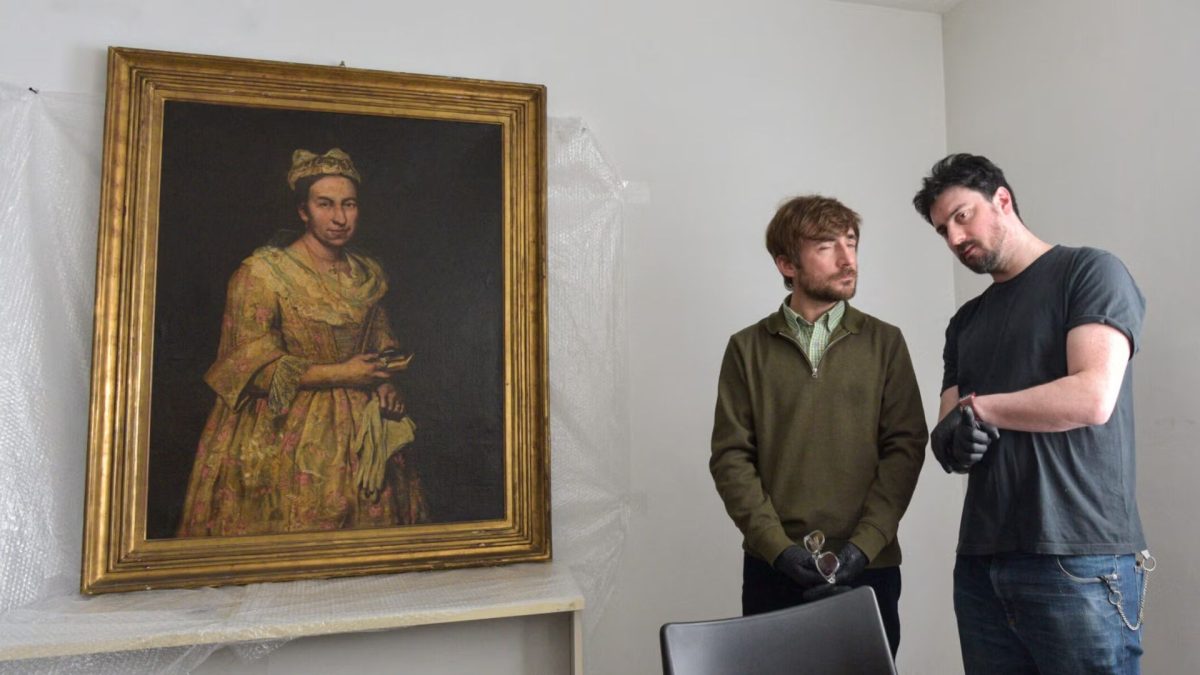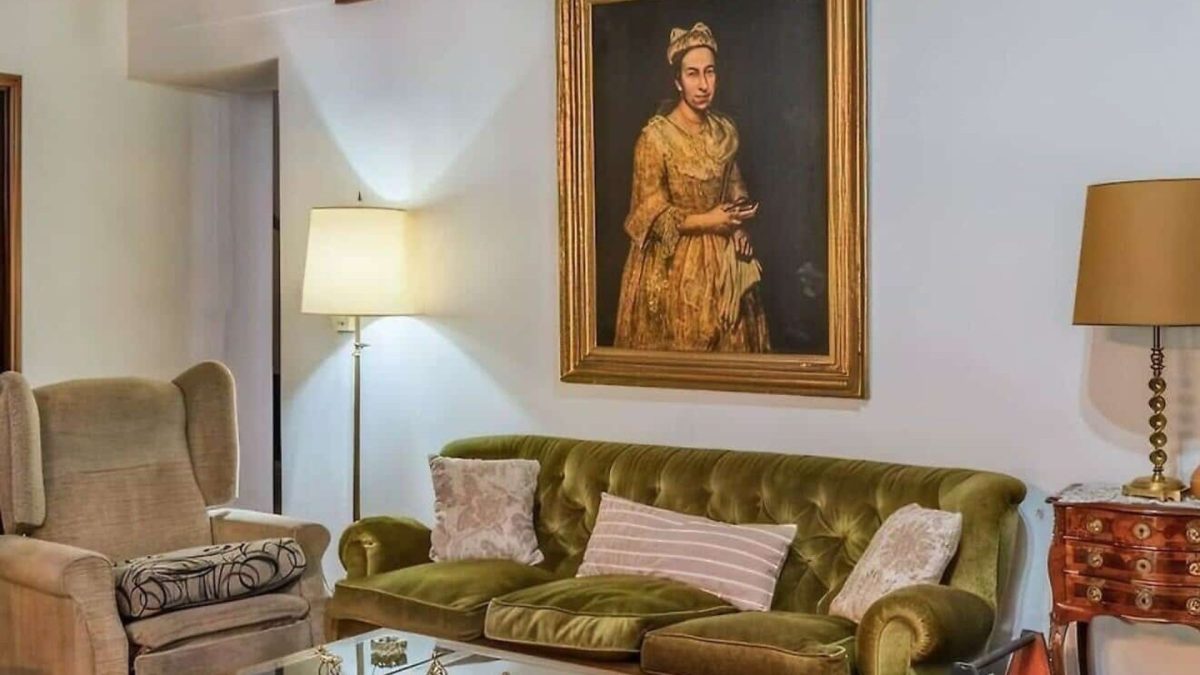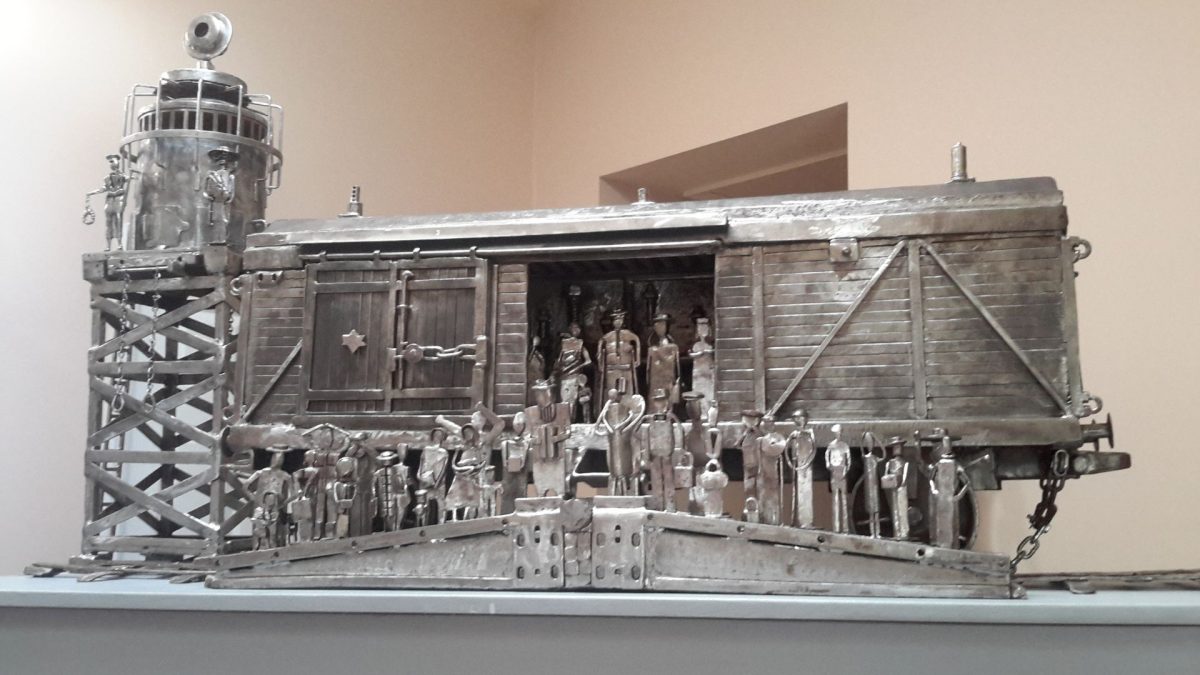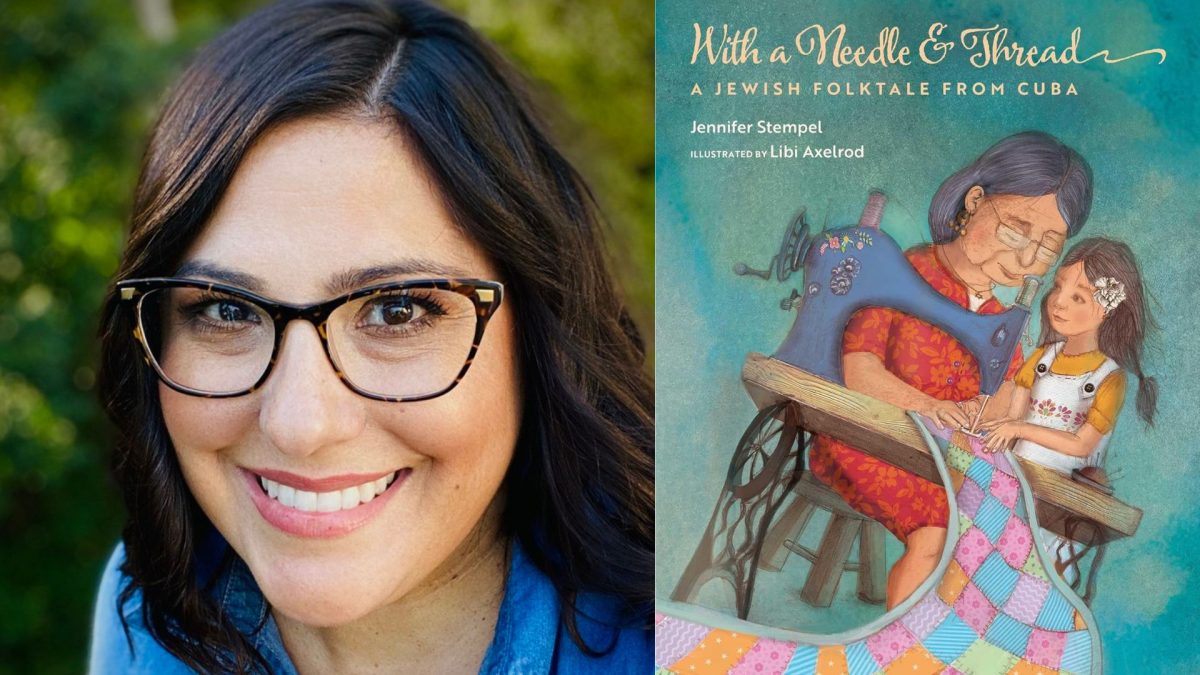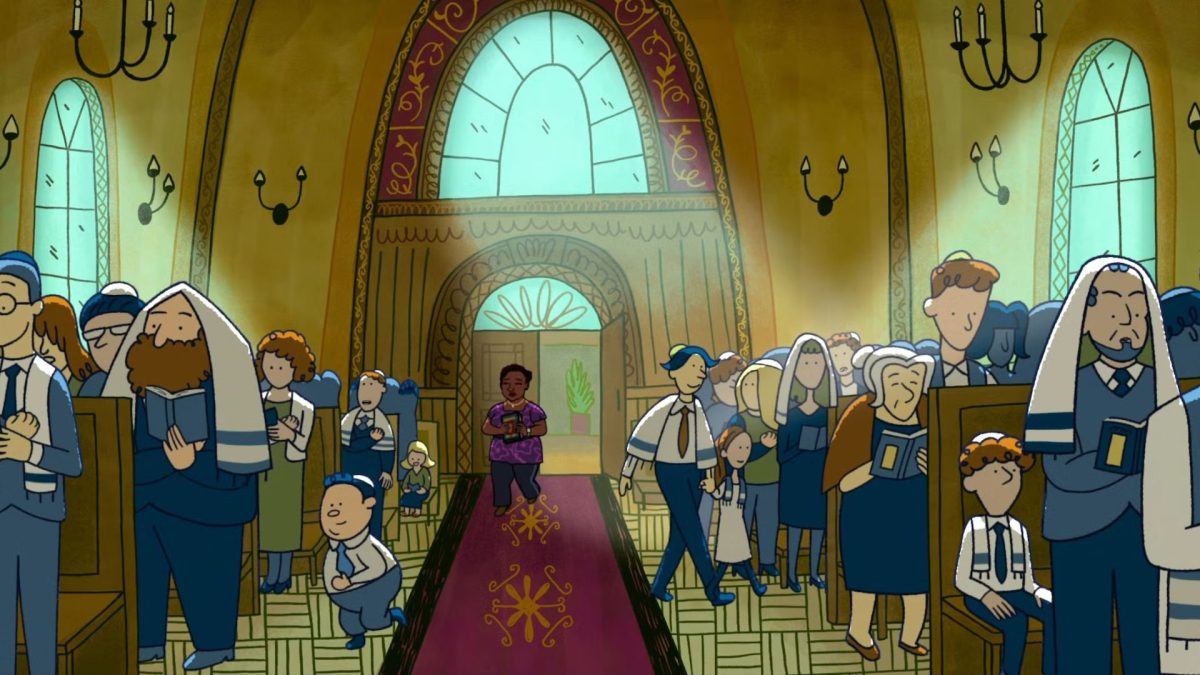This story was originally published in the Forward. Click here to get the Forward’s free email newsletters delivered to your inbox.
For Barbra Streisand fans in search of a metsiya, opportunity has arrived in the form of an auction of what’s being billed as the world’s largest collection of Streisand memorabilia. Assembled by the late superfan Louis Papalas and previously displayed in part at Temple Emanu-El’s Bernard Museum of Judaica, and the Jewish Museum of Florida-FIU, this data dump of over 100,000 items, organized by California’s GWS Auctions, could well make Jewish devotees misty-eyed or at least evoke “misty water-colored memories.”
The haunting words to the song “The Way We Were” by Streisand’s cherished lyricist Alan Bergman, who died last month at age 99, claim: “Memories light the corners of my mind.” Comparably illuminating among items available for purchase is a 1961 cabaret artist contract with the headliner’s name misspelled as “Barbara Streichsand” by an unnamed talent booker. The gig was at Detroit’s Caucus Club, founded by Lester and Sam Gruber, noted Jewish restaurateurs who also owned Michigan’s celebrated London Chop House.
ADVERTISEMENT
Perhaps the most Yiddishkeit visible in items being auctioned off is in a 1974 image created by Steve Schapiro during a photoshoot for Streisand’s album The Way We Were. Powerfully realistic, albeit posed, Streisand resembles a character in Joan Micklin Silver’s documentary-inflected screen drama Hester Street about Jewish families on New York’s Lower East Side.
This quality of emes (truth) in Streisand’s highly serious persona and performances derives from her commitment to social justice and human rights, alongside her showbiz triumphs. In a similar way, Steve Schapiro focused on movie set photography as well as civil rights subjects such as the March on Washington for Jobs and Freedom as well as the Selma to Montgomery marches.
Of course, Streisand has long been known for her socially progressive stances, as the Jewish historian David E. Kaufman has noted. In 1992, she called for a boycott of Colorado ski resorts after the passage of Amendment 2, which prevented the state from enacting laws to protect LGBTQ+ people from discrimination. Along similar lines, Streisand produced the 1995 TV film Serving in Silence: The Margarethe Cammermeyer Story, which tells the story of a U.S. Army colonel who was discharged from the military after revealing she was a lesbian.
ADVERTISEMENT
The sheer volume of the Papalas collection may have been made possible in part because other smaller collections became available unexpectedly. According to Los Angeles Magazine, some gay Jewish Barbraphiles, considering themselves “twice blessed” by being born into two minority groups, met untimely deaths during the early years of the AIDS pandemic. Their collections were preserved for posterity and sometimes sold on eBay to other enthusiasts like Papalas, who made a daily habit of purchasing Streisand-associated material online.
Papalas once admitted that the sale item that slipped through his fingers most agonizingly was a shimmering nude-illusion pantsuit that Streisane wore to the 1969 Academy Awards. It was designed by a dressmaker born Arnold Isaacs in Montreal to a family of furriers who decided that for more flair and less obvious Jewishness, it made commercial sense to reverse his last name to Scaasi. Indeed, Arnold Scaasi went on to dress such Hollywood Jewish stars as Lauren Bacall and Elizabeth Taylor.
Streisand is known for remaining loyal to dress designers she has admired, including Scaasi and the English textile designer Zandra Rhodes, who once told an interviewer, “I feel intensely Jewish — I know all the Passover songs!” A silk jacket and matching skirt created by Zandra Rhodes was included in a 1994 sale of Streisand’s own collection of household possessions and art works.
Likewise, in the same sale, among art deco masterworks which she had accumulated, Streisand also included works by the Lithuanian Jewish sculptor Jacques Lipchitz, although Lipchitz was more of a cubist than an art deco precursor. Indeed, a Lipchitz bronze of a pair of gazelles and a woman from the Streisand collection was one of the few offerings in the 1994 to sell under its estimate, but the vendor was unfazed.
As detailed in her vast recent memoir, My Name Is Barbra, Streisand’s passion for collecting cars, furniture, china, clothing, dolls and other expensive tchotchkes was occasionally interrupted by auctions, making this particular auction entirely characteristic.
Her more devout admirers, longing for what mavens have termed babtastic Barbrabilia, have unlimited reverence for the diva, sometimes bordering on the objectively improbable. Papalas confessed that he longed to see Streisand and Bette Midler perform in a remake of the 1962 horror film Whatever Happened to Baby Jane? By replacing Bette Davis and Joan Crawford, the original lead actresses, with two Jewish thespians, what was formerly a camp psychological thriller about the lifelong extent of childhood misery might acquire an unexpectedly Freudian aura.
It is highly unlikely that Streisand and Midler would agree to follow in the footsteps of Davis and Crawford. But the 1955 photo for sale of Streisand in a classroom at Public School 89 in Brooklyn does have an element of a childhood force to be reckoned with, soon to take vengeance on an uncomprehending world.
Other objects on offer by GWS Auctions have a bittersweet aura, such as a photo of Streisand smiling alongside William Wyler, the American Jewish director of her screen debut in Funny Girl. Of Streisand, Wyler observed that she hadn’t been too difficult to work with, considering that Funny Girl was the “first movie she ever directed.” To be fair to Streisand, Wyler sometimes maddened even veteran actors by a taciturn approach to filmmaking.
After dozens of takes, if even a famous actor pleaded for guidance, Wyler would just scowl, “Be better.” Fortunately, Streisand has always personified this same aspirational, perfectionist approach to artistry throughout her life and career. The sale by GWS Auctions of the collection adoringly gathered by Louis Papalas is a well-earned tribute to America’s unsurpassed Jewish singing film diva.
This story was originally published on the Forward.







